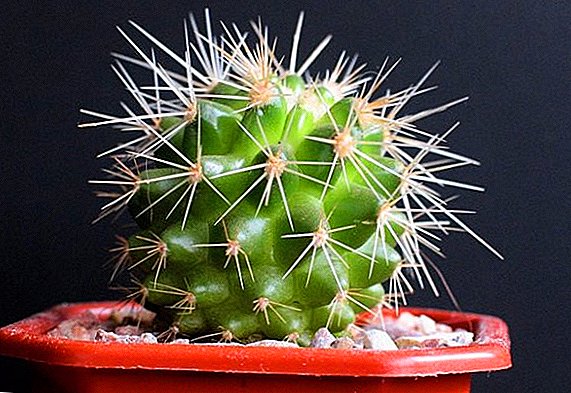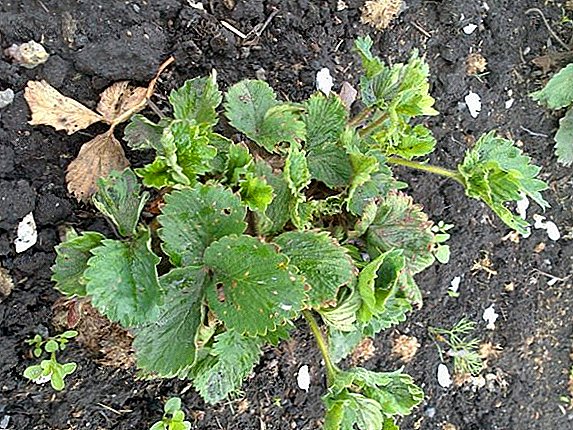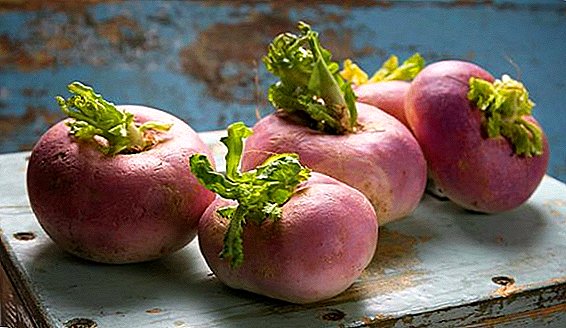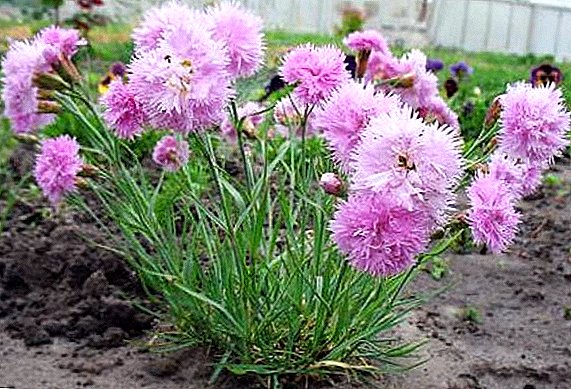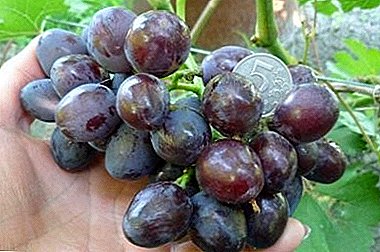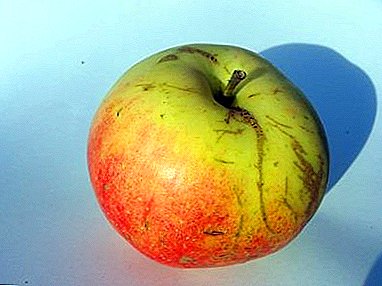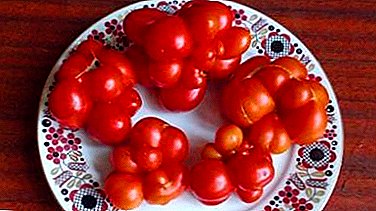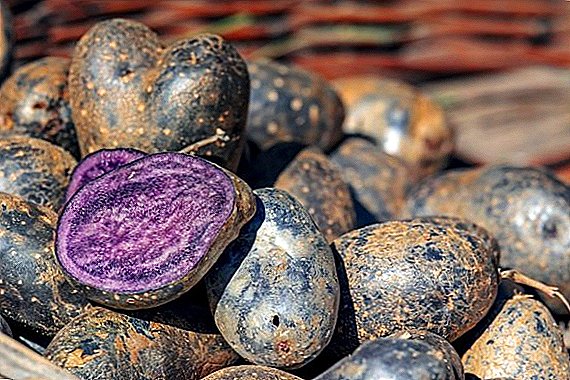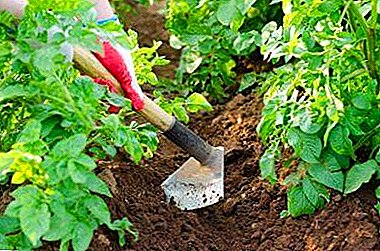
Potatoes - one of the most common foods that is present on our table. Growing potatoes does not require special care. Hilling is a technique in agriculture and horticulture, which consists in rolling wet, moist-lumpy soil to the lower parts of the plant while simultaneously loosening it. All that a potato needs is a fight against weeds, pests and hilling.
Spud potatoes can be in different ways. It all depends on the capabilities of the owners. Here are the main ones: If a person spud potatoes himself, without any help, then in that case he will need a chopper or a shovel. Hilling is one of the most important care procedures. The need for hilling potatoes is pushing to use new, more automated methods for easy processing, without causing any hassles or problems.
What is hilling potatoes?
Why is the hilling process important? In most root crops, the root system grows down, and in potatoes it develops sideways and even upwards. Young tubers in the process of growth may be on the surface.
Correctly and timely spud potatoes give a higher yield.. After hilling, new ovaries form inside the mound.
How to do it manually?
Traditional way
 Spud need a moist soil. The time after the rain is the most favorable. If the weather is dry, the soil should be watered. Spud early in the morning no later than 10 o'clock or in the evening after 6. On a hot afternoon, warm earth spilled harms the shoots and hinders their development.
Spud need a moist soil. The time after the rain is the most favorable. If the weather is dry, the soil should be watered. Spud early in the morning no later than 10 o'clock or in the evening after 6. On a hot afternoon, warm earth spilled harms the shoots and hinders their development.
Hilling is carried out most often with a sapka. Hoe can be triangular or trapezoidal. The edges of the hoes are rounded or sharp.
About what other tools are used for hilling, read here, and in this article we talked about hilling the walk-behind tractor.
Step-by-step instruction on traditional hilling potatoes:
- Undermining the space between the grooves ploskorezom.
- Spud the beds in one direction. Moving along the beds we rake the ground from the aisle to one side of the bushes.
- Spud the beds on the other hand moving in the opposite direction. Row from the aisle ground to the other side of the bushes.
- Hoe rake up the soil to the bush from all sides. The result is a mound of which sticks out a "bunch" of stems. The mound should be wide and high.
- At the end of each row we pour a small dam, which will hold the water after the rains.
Fan
Fan hilling is carried out when the stems have already reached a height of 15-20cm. Hood for this method is not suitable. It is better to use a shovel.
Step-by-step instruction for fan hilling of potatoes:
- With our hands we push the stems apart and place them on the ground in different directions with a fan.
- Shovel take the land from the aisle and fall asleep right in the center of the bush.
- We distribute the land so that only the tops of the stems with leaves remain above.
- Top weed weeds weed from the row spacing. They will serve as additional feeding and retain moisture in the soil.
For the safety of the stems do not need to be afraid. The very next day they will direct their growth upwards. After 10-14 days the bush will grow noticeably in the sides and upwards. New shoots will appear on it. With this method of hilling, the potato harvest becomes higher due to the emergence of new tubers.
According to Zamyatkin
 This method uses the well-known potato grower from Siberia I.P. Zamyatkin practicing organic farming. He believed that with traditional hilling, competition is created inside the bush for light and water and the harvest is reduced.
This method uses the well-known potato grower from Siberia I.P. Zamyatkin practicing organic farming. He believed that with traditional hilling, competition is created inside the bush for light and water and the harvest is reduced.
Zamyatkin recommends planting tubers in a staggered manner at a distance of 20-40 cm. As soon as the tops grow up to 15-17 cm. We push the stems apart and in the middle we fall asleep the "organic" - last year's foliage, grass, straw, leaving only the tops of the stems open.
The bush turns out well leafy, a vazoobrazny form and very quickly grows. This method gives a yield increase of 1.5-2 times. Under such a "fur coat" the earth breathes and is always wet under it, even in drought. The Colorado potato beetle and other pests avoid mulch beds.
How often?
- First hilling. The benchmark for the first hilling is the height of the shoots. Once the shoots have reached a height of 5-8 centimeters, the first hilling can be performed. If there is a danger of frost, the shoots are completely covered with earth.
- Second hilling spend 15-18 days after the first. Shoots should be 15-20 cm in height. This is done before flowering begins. The second hilling process is a more labor-intensive process.
It is necessary not just to powder the bushes, but to make sure that the height of the embankment is 15-18 cm in height. Otherwise the tubers will begin to stick out of the ground and accumulate solanine under the influence of the sun.
- Third hilling carried out after the shoots grow to 25-30 cm. The crest is already filled with a height of 17-20 cm.
- If the bushes grow very much, what happens on wet soil and the tubers start to climb out of the ground, it makes sense to hold fourth hilling.
Without hilling, the potato harvest will be 20-25% less. When loosening in the soil moisture is retained, which has a positive effect on the growth of potatoes. The looser the soil, the more crumbly the potatoes will be. Young shoots are underground forced to grow to get to the surface. Leaves getting bigger. With a large number of leaves, photosynthesis is enhanced. The leaves accumulate soluble glucose which enters the tubers and is deposited there as starch (read more about the benefits of hilling here).


